Can you ace these ADDAX Job Aptitude Test questions? Start honing your skills with some past questions practice and get a preview of what you can expect on test day.
We pulled these ADDAX Job questions from our study pack ADDAX Job aptitude-test past questions studypack. Each sample question includes correct answers, so you can see how to crack it!
Note about the test format: On the ADDAX Job aptitude test, you'll face 3 test sections:Numerical reasoning: Graphs, Charts and Tables, Verbal reasoning: Comprehension passages with true/false/cannot say options and Abstract based questions: Diagrammatic reasoning
Sample ADDAX Job Aptitude Test Past Questions and answers
Verbal Reasoning
Comprehension Passage
The Great Barrier Reef extends over 2,000 km, and has been built by tiny animals called coral polyps. Some of the Great Barrier Reef’s coral “skeleton” deposits date over half a million years old. The individual coral polyps that comprise the reef grow very slowly, increasing by only 1-3 cm a year. A cultural and ecological icon, the Great Barrier Reef has been visited by Aboriginal Australians for over 40,000 years and today attracts over two million tourists annually.
Unfortunately the fragility of the reef’s ecosystem is now threatened by the effects of climate change on the temperature of the water in which it sits: the Coral Sea. Over the last decade sea pollution caused by farm runoff has caused coral bleaching, thus diminishing the appearance of one of the world’s greatest sights. The ecological damage also threatens those endemic creatures that rely upon the Great Barrier Reef for food and/or shelter. Many of these are themselves endangered species.
The Great Barrier Reef is in fact a system of over 3,000 reefs and islands. The northern section of the reef contains deltaic and ribbon reefs. The most common occurrences of fringing and lagoonal reefs are in the southern sections of the reef. In the middle section you are most likely to find cresentic reefs, although this type is also found in the northern reef.
1. There has been an aesthetic decline in the Great Barrier Reef.
A. True
B. False
C. Cannot say
See the Answer
The correct answer is A.
True – the passage states that the appearance of the Reef has diminished from farm runoff.
2. The Great Barrier Reef is in the Coral Sea.
A. True
B. False
C. Cannot say
See the Answer
The correct answer is A.
True – this is apparent from the fact that the passage refers to the “water in which it sits: the Coral Sea”.
3. Ocean warming is hazardous to coral systems.
A. True
B. False
C. Cannot say
See the Answer
The correct answer is C.
Cannot say – whilst the passage describes damage to the Great Barrier Reef caused by temperature changes in the Coral Sea, it does not specify that the waters have become warmer i.e. the damage could have been caused by colder sea water. It is important not to rely on outside knowledge when answering questions about a passage
4. The northern section of the Great Barrier Reef only contains three types of reef.
A. True
B. False
C. Cannot say
See the Answer
The correct answer is C.
Cannot say – the passage says “The northern section of the reef contains deltaic and ribbon reefs” and “In the middle section you are most likely to find cresentic reefs, although this type is also found in the northern reef”. However it does not tell us if these are the only three types or whether there are other types. So we cannot tell how many types of reef the northern section contains.
Numerical Reasoning
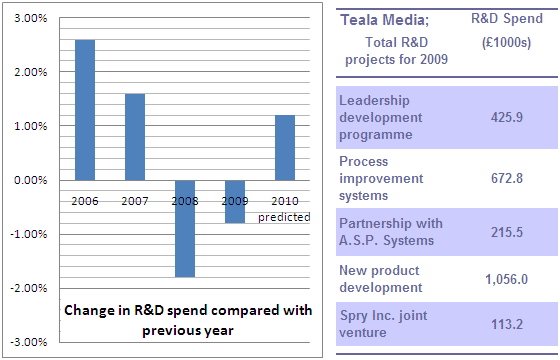
5. If the 2010 prediction proves to be accurate, what is the average annual percentage change in Teala Media’s R&D spend across the 5 years shown?
(A) 0.53
(B) 0.54
(C) 0.55
(D) 0.56
(E) 0.57
See the Answer
The correct answer is D.
Explanation:
Step 1 – Calculate the average
(2.6 + 1.6 -1.8 – 0.8 + 1.2) / 5 = 0.56
Click here to get the complete ADDAX Job aptitude-test past questions studypack
6. What is the R&D spend projected to be for 2010?
(A) £2.5 million
(B) £2.75 million
(C) £3.0 million
(D) £3.25 million
(E) £3.5 million
See the Answer
The correct answer is A.
Explanation:
Step 1 – Calculate the total R&D spends per project for 2009 (given in the table):
Addition of 5 projects = 2,483.4 (£1000’s)
Step 2 – From the graph we see that the 2010 predicted change in R&D spend is +1.2% in the 2009 value.
So add the 1.2%:
2,483,400 x 101.2% = £2.51 million
7. What was the R&D spend for 2008 (to the nearest £1,000)?
(A) £2,235,000
(B) £2,613,000
(C) £2,503,000
(D) £2,483,000
(E) £2,305,000
See the Answer
The correct answer is C.
Explanation:
Step 1 – Total R&D spend for 2009 is obtained from the table.
Addition of 5 projects = 2,483.4 (£1000’s) = £2,483,400. You may still have this number from your previous notes.
Note 1: Notice that the graph gives “change in R&D spend compared with previous year”. So in 2009 the change compared to 2008 was -0.8% from the graph. It is NOT the difference between -1.8% and -0.8% (i.e. +1.0%).
Note 2: To get the correct percentage calculation think about a 0.8% drop from the 2008 figure to the 2009 figure. We would say [2008 figure] x 0.992 = [2009 figure]. We have calculated the 2009 figure to be £2,483,400 so by rearranging we can find 2008.
Step 2 – Allow for the 0.8% decrease in R&D spend for 2009 compared with 2008
£2,483,400 ÷ 0.992 = £2,503,427
Step 3 – To the nearest £1000
8. If delays at the end of 2009 resulted in a 2.5% increase in the cost of each of the two most expensive projects, what is the total R&D spend for 2009 (to the nearest £1,000)?
(A) £2,482,000
(B) £2,527,000
(C) £2,528,000
(D) £2,556,000
(E) None of These
See the Answer
The correct answer is B.
Explanation:
Step 1 – Add the additional 2.5% R&D charge for the two most expensive R&D projects for 2009
2010 additional New product development spend = 1056 x 0.025 = 26.4
2010 additional Process improvement systems spend = 672.8 x 0.025 = 16.82
Step 2 – Calculate Total R&D spend for 2009
Total R&D spend = 425.9 + 672.8 + 215.5 + 1,056 + 113.2 + 26.4 + 16.82 = £2,526,620
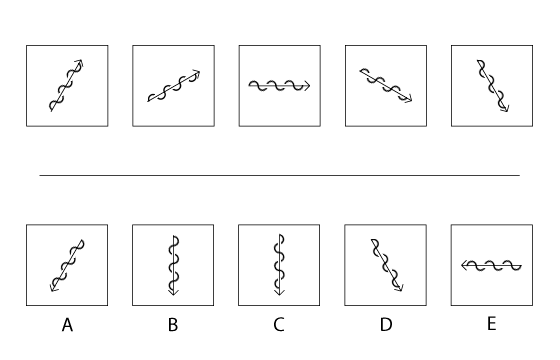
9. What comes next in the sequence?
(A) A
(B) B
(C) C
(D) D
(E) E
See the Answer
The correct answer is C.
Explanation:
First Rule: The direction of the arrow rotates by 30 o each time.
Second Rule: Following it in the direction of the arrow, the wavy line alternates between crossing in front of the straight line first and crossing behind it first.
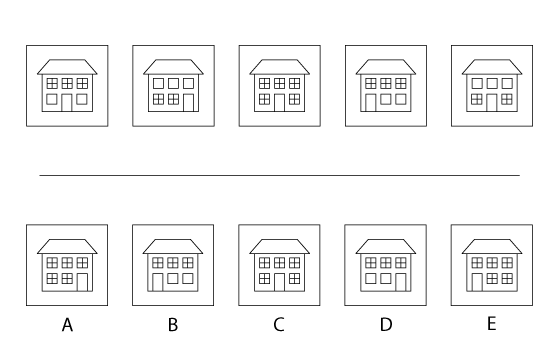
10. What comes next in the sequence?
(A) A
(B) B
(C) C
(D) D
(E) E
See the Answer
The correct answer is A.
Explanation:
First Rule: The door moves to the right, centre, left then centre, always in line with the window immediately above it, and then the pattern repeats.
Second Rule: First only upper storey windows are leaded, then only the lower storey windows are leaded, then all windows are leaded. This pattern then repeats.
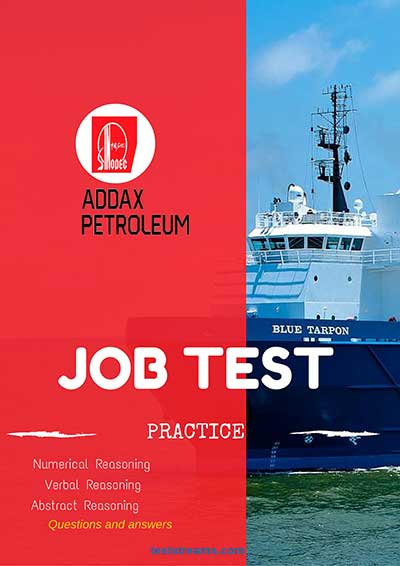
Want more questions like this? Get the
Complete ADDAX Job Aptitude Test Past Questions and answers, with even more questions and answers






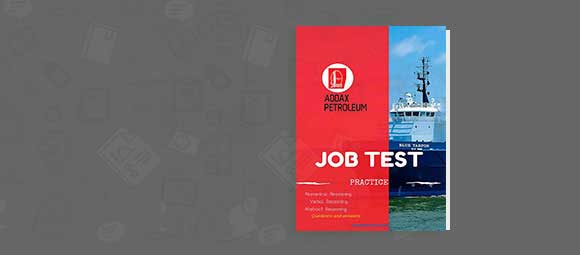
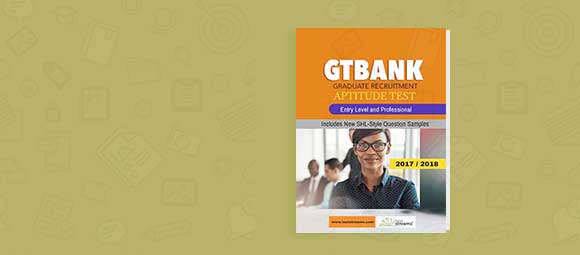
![Landover Company Job Aptitude Test Past Questions And Answers [Free – PDF Download] Landover Company Job Aptitude Test Past Questions And Answers [Free – PDF Download]](https://teststreams.com/blog/wp-content/uploads/2023/08/landover.jpg)
![Kraft Foods Jobs Aptitude Test Past Questions And Answers [Free – PDF Download] Kraft Foods Jobs Aptitude Test Past Questions And Answers [Free – PDF Download]](https://teststreams.com/blog/wp-content/uploads/2023/08/kraft.jpg)